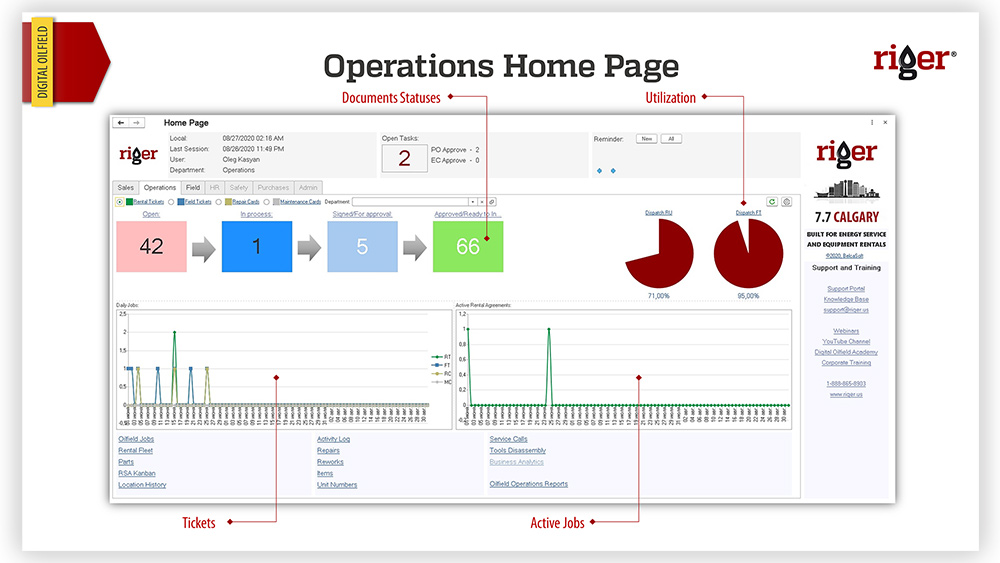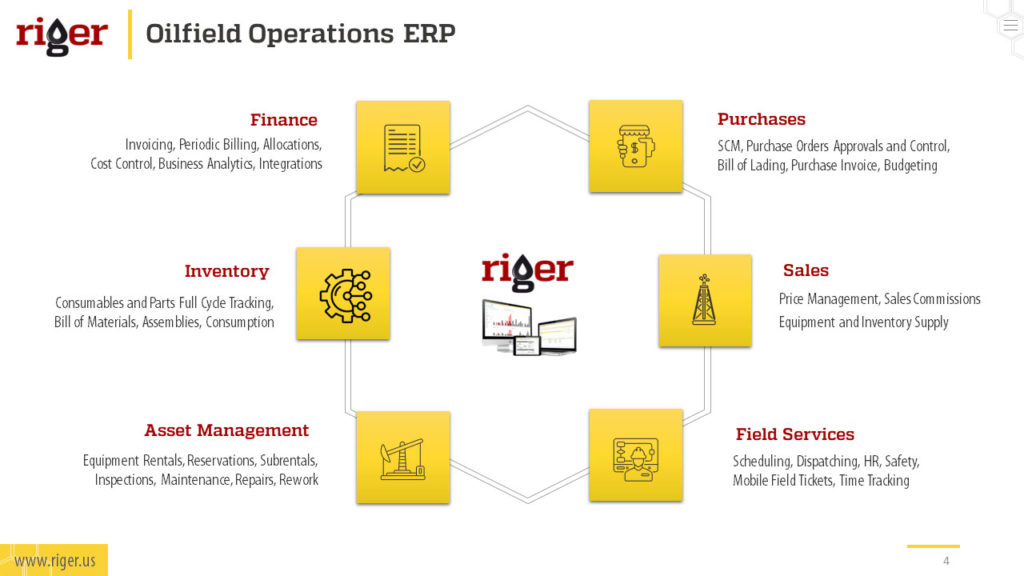In the fast-paced and dynamic environment of the oilfield industry, real-time monitoring and decision-making play a critical role in ensuring efficient operations.
Operations management software has emerged as a powerful tool that empowers oilfield companies to monitor operations in real-time, gather valuable data, and make informed decisions promptly. This article explores the significance of operations management software in enabling real-time monitoring and its impact on decision-making within the oilfield industry.
Real-Time Monitoring: Enhancing Visibility and Control
Real-time monitoring is a game-changer for oilfield operations, providing unparalleled visibility and control over various processes. Operations management software allows companies to gather real-time data from different sources such as sensors, Internet of Things (IoT) devices, and integrated systems. This data encompasses critical parameters like temperature, pressure, flow rates, and production levels. By harnessing this wealth of information, operators can monitor operations in real-time, detect anomalies, and respond swiftly to potential issues.
Additionally, operations management software offers advanced visualization tools, such as dashboards and real-time reports, enabling stakeholders to track key performance indicators (KPIs) at a glance. This comprehensive visibility allows for proactive decision-making, helping oilfield companies optimize production, minimize downtime, and improve safety.
Data-Driven Decision-Making: Leveraging Real-Time Insights
The real-time data gathered through operations management software serves as a foundation for data-driven decision-making in the oilfield. By analyzing this data, operators can gain valuable insights into operational performance, identify areas for improvement, and make informed decisions to enhance efficiency.
For instance, real-time monitoring can reveal patterns and trends in production output, enabling operators to optimize production schedules and streamline resource allocation. Moreover, the software can detect potential equipment failures or maintenance needs in real-time, enabling proactive maintenance activities and reducing costly downtime.
Furthermore, operations management software can integrate with predictive analytics capabilities, leveraging historical data to forecast future scenarios and guide decision-making. This empowers oilfield companies to anticipate market trends, optimize inventory levels, and make strategic decisions for long-term success.

